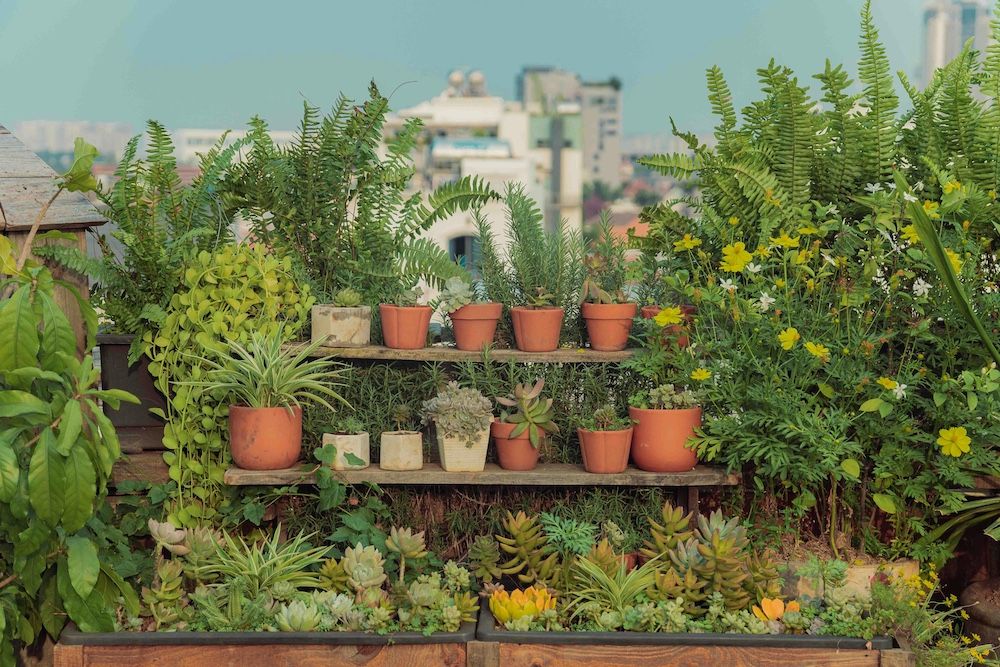Bamboo has a long history in China, and its significance was particularly prominent during the Ming Dynasty (1368-1644) and Qing Dynasty (1644-1912). During these periods, bamboo not only played a crucial role in daily life but also held deep cultural and symbolic meanings. It became a source of inspiration for artistic creation and was integrated into people’s lives, thoughts, and customs.
In traditional Chinese culture, bamboo symbolizes nobility and moral integrity. During the Ming and Qing dynasties, bamboo was revered as a symbol of virtuous character. The characteristics of bamboo—its upright growth, resilience, and flexibility—made it an ideal emblem for the virtuous qualities esteemed by scholars and officials.
In the Ming Dynasty, bamboo was imbued with meanings such as steady advancement and unyielding righteousness. Poets and painters like Yang Wanli and Lu You frequently used bamboo as a metaphor for their ideals and character. For instance, Lu You’s poetry often referenced bamboo to symbolize steadfastness and a pursuit of lofty ideals.
During the Ming and Qing periods, bamboo was not only a cultural symbol but also a major theme in art. In Ming Dynasty painting, bamboo was one of the "Four Gentlemen of the Seasons" alongside plum blossoms, orchids, and chrysanthemums. This quartet of plants was cherished for their ability to flourish in harsh conditions, symbolizing the enduring spirit of the literati of the time.
Artists of the Qing Dynasty continued this tradition, depicting bamboo in various art forms such as scrolls, ceramics, and lacquerware. The Qing period saw further refinement in these artistic depictions. Artists like Qi Baishi and Zheng Banqiao took bamboo as a central theme, using their unique brushwork and color techniques to express its elegance and spirit. Zheng Banqiao, in particular, created a distinctive "Bamboo and Rock" style, which became highly regarded.
The practical uses of bamboo were also significant during the Ming and Qing dynasties. Bamboo’s rapid growth, light weight, and strength made it an ideal material for a variety of daily necessities. During these periods, bamboo was used in construction for scaffolding, flooring, and structural supports. It was also essential for making fences, tool handles, and storage containers in rural areas.
Bamboo craftsmanship flourished, producing items such as intricately woven baskets, bamboo furniture, and musical instruments. The art of bamboo weaving reached new heights, with finely crafted items becoming valued possessions.
Bamboo also played a role in traditional Chinese medicine during the Ming and Qing dynasties. Bamboo leaves and bamboo sap were used for their supposed health benefits. Bamboo was believed to treat various ailments, including coughs and digestive issues. Medical texts from these periods often included references to bamboo as part of herbal remedies and treatments.
The affection for bamboo in the Ming and Qing dynasties was multifaceted. Bamboo was not only a cultural symbol and an artistic motif but also a practical resource and a component of traditional medicine. Its presence in art and literature, combined with its everyday utility and symbolic significance, highlights the profound impact bamboo had on Chinese culture and society during these historical periods. Bamboo’s enduring legacy reflects its deep-rooted importance in the lives of those from these rich dynastic eras.





